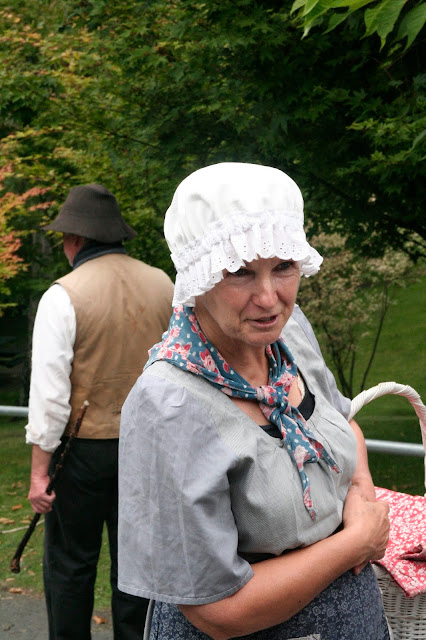Tuesday 13 January 2015
The Australian Army Museum Tasmania is located in
the Anglesea Barracks – these are still operational barracks although they only
have a holding staff. The barracks
included a significant number of historic buildings as the barracks were
established only eight years after the colony.
The barracks are situated on the top of a hill overlooking Hobart and
the Derwent River, and hence was ideally placed to watch for approaching
Russians during the Crimean War. Hayden
had a lot of questions for Drew about all the historical military
displays. We were lucky in that we got
to do a guided tour of the historical building in the barracks and this is only
done once per week – unfortunately we had to leave a little before it was
finished so that we could eat before our next stop.
This was the Cascade Brewery – Drew did a tour of
the working brewery, while Hayden and I did a “Heritage Tour” which covered the
history of the site and brewery. Cascade Brewery is the oldest brewery in
Australia. The tours both included
tastings – three types of beer of one’s choice for adults and a soft drink for
kids – I tried one beer, and then traded my other two tokens in for a soft
drink, big kid that I am.
From here, we crossed the road to watch a
“strolling theatre” performance called “Louisa’s walk”. This involved two actors and took us
physically from the front of the brewery, through Cascade gardens, to the
female factory. The play started with
the “nicking” of Louisa for stealing a loaf of bread in London – there was an
active policy of seeking female convicts to address the gender imbalance in the
colonies. Her movement to the prison
hulk system, transportation to Van Diemen’s Land aboard “The Rajah” and arrival
at the Female Factory. The Female Factory was in operation from 1828 to 1856,
and more than five thousand women spent time here. The play then explored the different sections
of the Female Factory and how the system worked. When women were “assigned”, if they became
pregnant they were returned to the female factory and after a very short period
the babies were weaned and the mother sent to the Criminal Section for six
months punishment of their “sins”. The children were kept at the female factory
until they were two, and then sent to an orphanage. Due to the combination of early weaning,
inadequate nutrition and inadequate hygiene, more than nine hundred babies died
at the Female Factory. Conditions for
women in the Female Factory were truly cruel and barbaric – humiliation,
inadequate food and nutrition, isolation and vulnerability. This play was extremely well done and
genuinely brought the history to life.







No comments:
Post a Comment